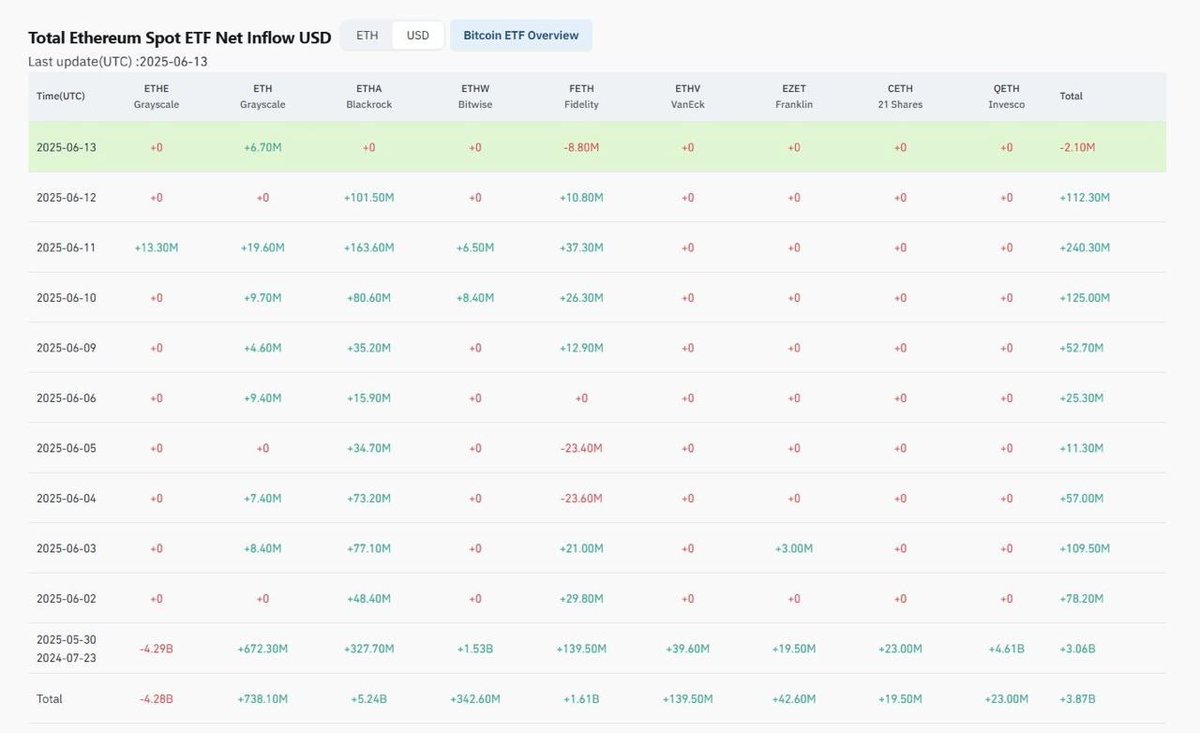Navigating the wave of artificial intelligence (AI) in 2025 uncovers a landscape that is as thrilling as it is complex. From advancements reshaping industries to ethical quandaries and societal shifts, understanding the current climate requires an informed yet accessible exploration. Let’s unpack the state of AI today, its tools, trends, and the broader implications that come with this technological revolution.
—
The Dawn of an AI Epoch: Capturing the Current Momentum
Artificial intelligence has moved beyond the realms of theory and science fiction, embedding itself firmly in everyday life. Whether through virtual assistants, predictive analytics, or autonomous vehicles, AI’s footprint is expansive and growing. In 2025, this momentum is marked by several converging trends:
– Ubiquity of AI-Enhanced Tools: The integration of AI into consumer technology, business processes, and creative domains is no longer niche. Tools powered by generative AI, natural language processing, and machine learning algorithms are becoming standard in workplaces and homes.
– Personalization at Scale: Businesses leverage AI to craft individualized experiences, from healthcare recommendations to tailored learning paths, pushing user engagement and effectiveness to new heights.
– Acceleration of Automation: Routine tasks spanning manufacturing, logistics, and even content creation are increasingly automated, raising debates about workforce transformation.
This energy pulses through technology forums, research papers, and industry announcements, reflecting a collective drive toward refining and embedding AI intelligence.
—
Cutting-Edge AI Tools Shaping 2025
AI’s toolkit saw substantial expansion and refinement, offering users and enterprises unprecedented capabilities:
1. Generative AI for Creativity and Content
Models capable of producing text, images, music, and even video content have revolutionized creative workflows. Tools like advanced multimodal AI enable rapid prototyping and concept development, shrinking timelines and amplifying human creativity.
2. Explainable AI (XAI)
With decisions increasingly influenced by AI, explainability stands at the forefront to ensure transparency. XAI tools help stakeholders understand how models arrive at conclusions, fostering trust and accountability, especially in regulated sectors like finance and healthcare.
3. Edge AI
Processing AI tasks directly on devices rather than relying on cloud infrastructure improves response times and privacy. This trend supports applications like autonomous drones and smart IoT systems, where low latency and data security are paramount.
4. AI-Powered Cybersecurity
Given escalating cyber threats, AI-driven defense mechanisms detect anomalies, predict attacks, and reinforce digital fortifications, playing a crucial role in safeguarding information assets.
These tools signify AI’s evolution from experimental projects to mission-critical systems, demanding both technical savvy and strategic insight from adopters.
—
The Societal and Ethical Crossroads of AI Integration
As AI technologies become woven into the fabric of daily life, critical societal questions arise:
– Bias and Fairness: Despite advances, AI systems can perpetuate or even amplify existing biases present in their training data. Addressing fairness requires rigorous audits and inclusive datasets.
– Privacy Concerns: Pervasive data collection to fuel AI models invokes unease about surveillance and data misuse, pushing policymakers to consider robust regulatory frameworks.
– Workforce Disruption: Automation ushers in concerns about job displacement and the need for reskilling, posing a challenge for governments and industries to support smooth transitions.
– Accountability: When AI decisions lead to adverse outcomes, pinpointing responsibility involves complex legal and moral debates, especially as AI acts more autonomously.
Engaging with these issues responsibly is paramount to harness AI’s benefits without compromising human dignity or societal harmony.
—
Charting AI Trends: Opportunities and Caveats
Several patterns emerge from the AI landscape today that shape strategic perspectives:
– Hybrid Intelligence: Combining human judgment with AI assistance optimizes decision-making, highlighting that the best outcomes often stem from collaborative intelligence rather than pure automation.
– Democratization of AI: User-friendly AI platforms lower barriers to entry, enabling individuals and small businesses to innovate without massive capital investments.
– Cross-Industry Fusion: AI’s impact spans healthcare, finance, education, entertainment, and more, emphasizing the need for interdisciplinary expertise.
– Sustainability Concerns: The computational demands of large AI models raise environmental considerations, prompting research into more energy-efficient architectures.
Each trend involves trade-offs and invites reflection on how AI’s growth aligns with broader human values.
—
Reflecting Forward: The AI Horizon Awaits
The AI wave in 2025 carries immense promise coupled with intricate challenges. Its successful navigation requires a blend of curiosity, caution, and collaboration:
– Continuous Learning: Staying abreast of developments and critically evaluating AI tools ensures informed adoption and adaptation.
– Ethical Mindfulness: Embedding ethical principles in AI development and deployment fosters long-term societal trust.
– Inclusive Dialogue: Diverse stakeholder engagement—from technologists to policymakers to the public—enriches understanding and guides balanced progress.
Ultimately, AI is more than a technological phenomenon; it is a transformative force reshaping how we live, work, and imagine the future. Embracing its complexities with open eyes and nimble minds will distinguish those who harness its potential from those overwhelmed by its pace.
—
Sources
– OpenAI Research Blog
– MIT Technology Review on AI Trends
– Stanford AI Index Report 2025
– European Commission – Ethics Guidelines for Trustworthy AI











